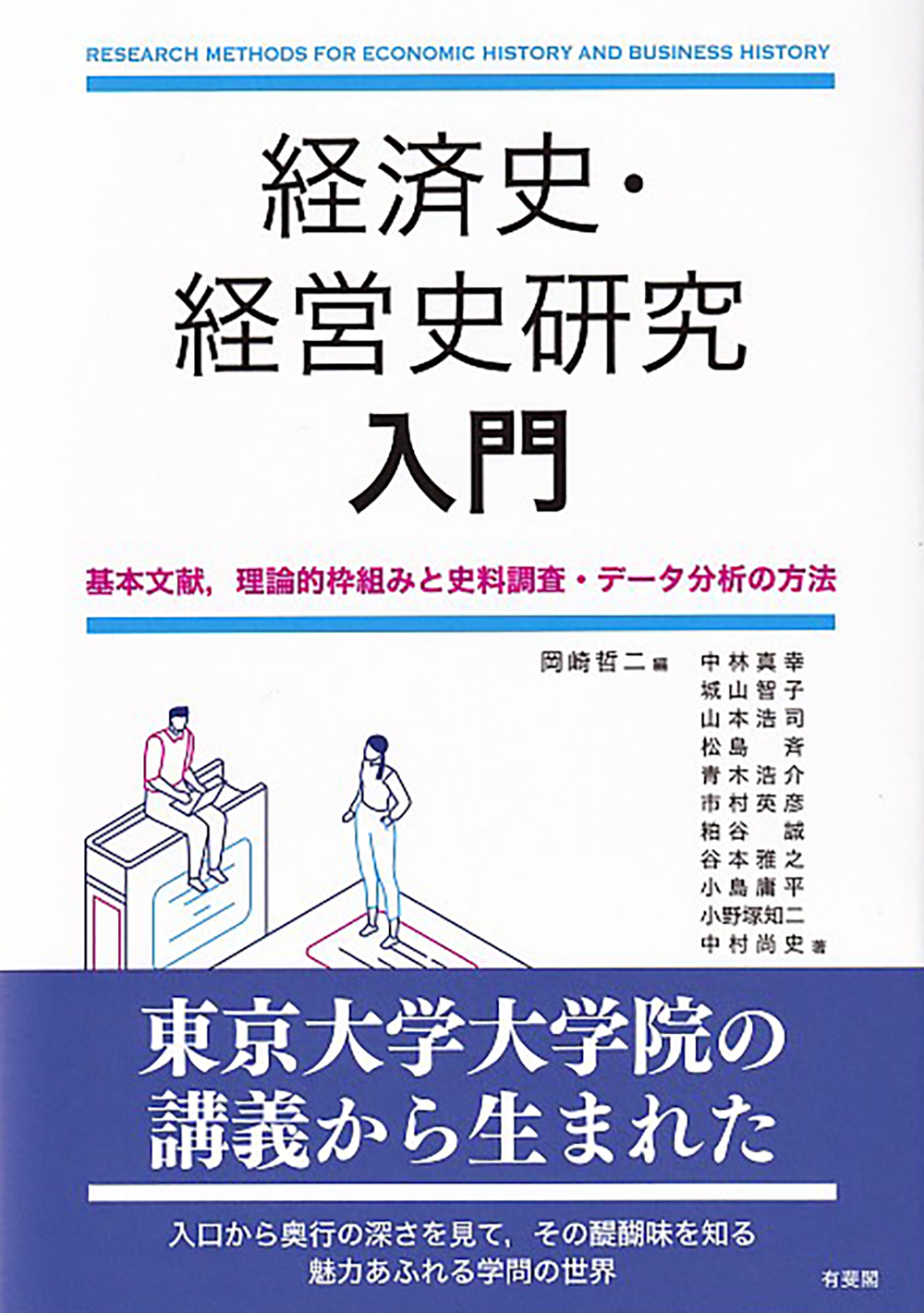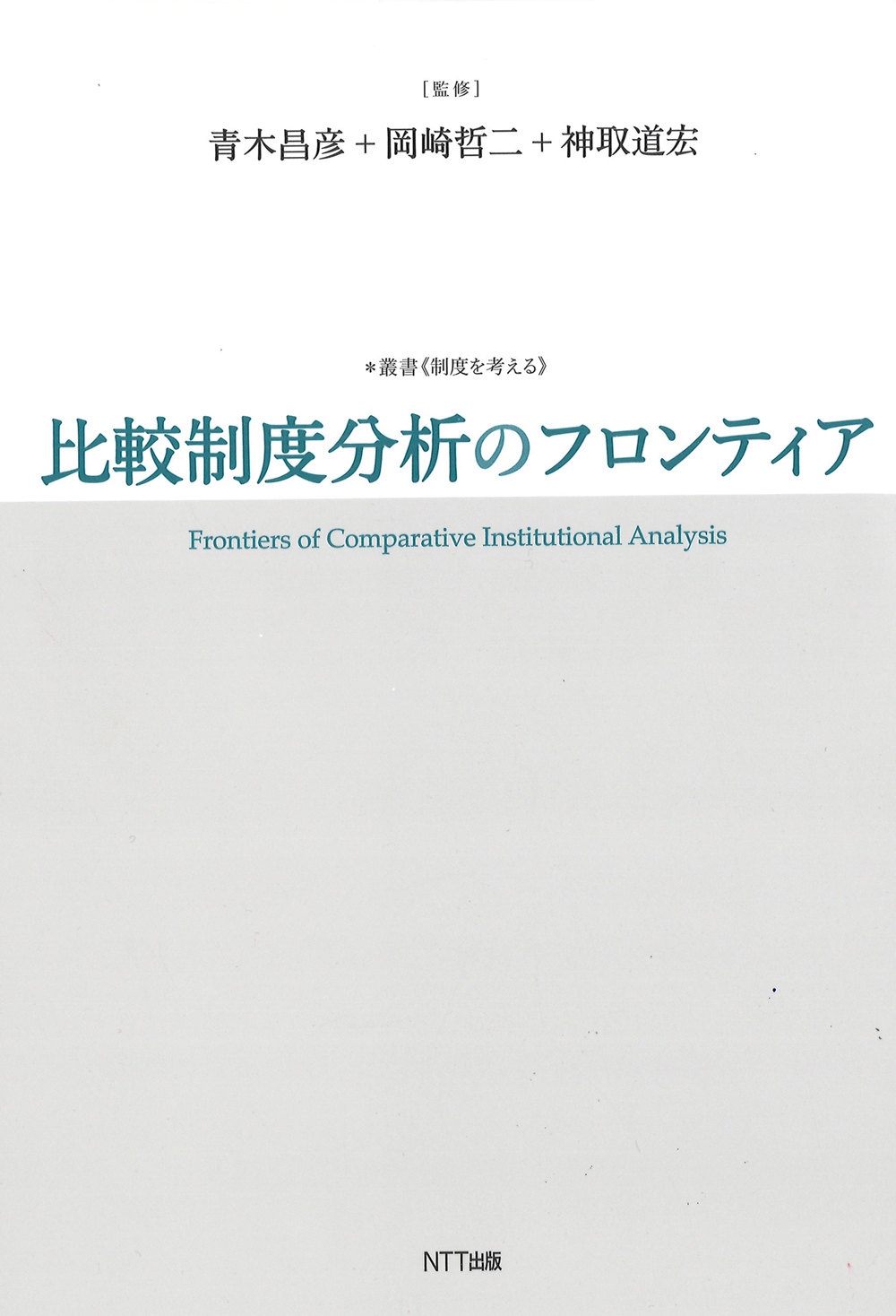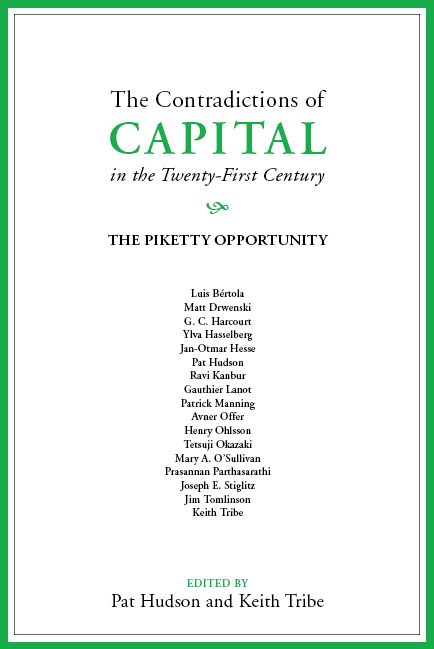
Title
Keizaishi kara kangaeru (Insights from economic history - Logic of development and stagnation)
Size
288 pages, 127x188mm, hardcover
Language
Japanese
Released
November 20, 2017
ISBN
978-4-532-35757-3
Published by
Nikkei Inc.
Book Info
See Book Availability at Library
Japanese Page
This book discusses, with reference to economic history (that is, with reference to knowledge discovered via research on economic history), the various problems facing the contemporary economy. The roots of this book lie in the columns and articles that the author has contributed to newspapers and magazines over the years and, as they were edited, some new text has been added. Knowledge gleaned from economic history offers useful lessons relating to various present-day problems through the integration of economics with the theoretical framework of broader social science. Such ideas are the premise underlying this book. The themes covered in this book are the current macroeconomic policy known as “Abenomics”; public finance and the political economics surrounding it; economic growth/innovation and industrial policy; organizational governance, including corporate governance; risk management; politics and constitutionalism; and the current state of economic historical research. The points of discussion are wide-ranging, and I would therefore like to focus on some of them and briefly outline their content. The section concerned with macroeconomic policy is newly written and, in it, the impact of Abenomics on the economy is broadly compared with macroeconomic data and the “Takahashi policy” of the 1930s. The “extraordinary monetary easing” that began in April 2013 was indeed “extraordinary,” at the point of an increase in the monetary base, when compared, not only with earlier monetary policy, but also with the monetary policy under Takahashi. However, compared to the Takahashi policy, the impact on money stock, commodity prices, exports, and industrial output is remarkably small. In this section, such differences are clarified, and their reasons are discussed.
Turning to public finance, politicians take account of the likely response of voters and optimistically tend to delay strategies that will be unpopular with the people, such as reduction in public spending or raising taxes. The political process surrounding the raising of consumption tax in Japan in recent years is a typical example of this. In this book, we discuss i) the grounds used to justify higher defense spending funded by government bonds in Japan in the 1930s and 1940s, when defense spending and the issuance of government bonds sharply increased, giving rise to concern about the sustainability of the public purse and ii) the circumstances that resulted from this action.
In present-day Japan, where macroeconomic policy has only a limited impact on economic growth, the acceleration of innovation is an urgent issue, and universities will play an important role in resolving this issue. However, the reputation of research and education in Japanese universities is declining relative to that in the world’s prominent universities. In this book, strategies that are likely to raise the level of the research and education in Japanese universities are discussed.
(Written by Tetsuji Okazaki, Professor, Graduate School of Economics / 2018)



 Find a book
Find a book








